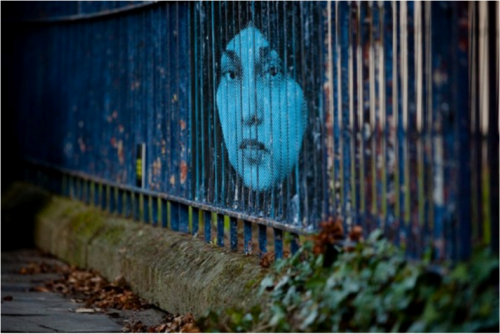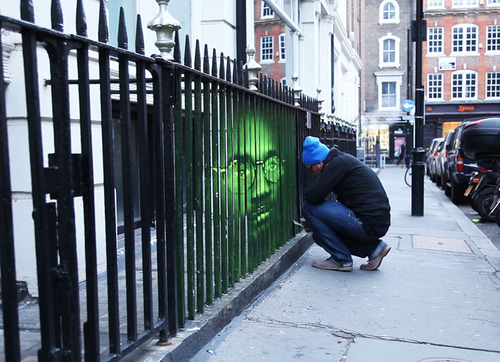In historical narratives, protagonists’ stories are the ones highlighted, or the only ones told. Although history begins with city streets, it is still typical that the writing was about actions and events in the hands of the monarchy and “great heroes”. The notion of hero has always been about action, and through this action, making a difference and making a mark. An example of a shift in historical narratives and modern-day heroes can be seen in New York City and the “War on Graffiti.”

In New York City’s “War on Graffiti” demonstrates the latter: city taxes are used in excess to remove this expression. In 1972, Mayor John Lindsay, a hopeful presidential candidate, launched the “War on Graffiti.” Restrictions were placed on markers and aerosol paints, there were increased security measures, increased use of chemicals, solvents and paints to deter graffiti, in addition to the use of psychological measures. In 1975 Metro Transportation Authority efforts to stop graffiti only came to a momentary halt because the city was on the verge in bankruptcy. However, soon enough, the War on Graffiti was back in full swing and graffiti artists continued to be the political scapegoats for the many real crises occurring in the city. Because the municipal government were incapable of dealing with those problems, of which bankruptcy was most pressing, they covered it up with these ‘quality of life’ campaigns. Merely symbolic and expensive in nature, they appeased the voting populace. In 1976, despite the city’s near-bankruptcy, in addition to the annual $25 million spent on the War on Graffiti, it scrounged up $20 million more of taxpayer dollars to establish ‘the buff.’ This was a chemical washing of graffitied trains that harmed hundreds of workers. During government-pushed image-cleaning campaigns, youth engaged in this were villainized – scapegoats used by city officials incompetent in handling real problems plagueing the city. But in this very criminalized act, youth are engaging reverse colonialism, going against commercialization and capitalism.

As Jeff Chang, author of Can’t Stop, Won’t Stop: A History of the Hip-Hop Generation, put it, “violating notions of property and propriety, graffiti writers found their own kind of freedom.” In the 1960s, Ivor Miller, an advocate for anti-graffiti measures, said that subways used to be a symbol for freedom. However, Lee Quinones, a popular graffiti writer, retorted: “Subways are corporate America’s way of getting its people to work. It’s used as an object of transporting corporate clones. And the trains were clones themselves, they were all supposed to be silver blue, a form of imperialism and control, and we took that and completely changed it.” Chang goes further, stating this youth movement was “an expression of the soul, unmediated by corporate money, unauthorized by the powerful.” While critics of the movement looked at this youth movement as physical proof of the degradation of society, in 1973 New York Magazine, journalist Richard Goldstein stated that graffiti was “the first genuine teenage street culture since the fifties”. This reverse colonization was reclaiming the streets, the buses, the subways, and the city.

I took the photo above and won an honorable mention in Drexel University high school photography competition in 2009. What grabbed me was the artistry, but what also drew me in further was the happenstance was a disarrayed, worn flyer on top, which in summary told the viewer: “Life is Art.” This part of an exterior wall in New York City also exemplified to me how art is a never-ending process, building on all the history that has come before it. Art is not something, in my opinion, to be dismissed as a youthful public indiscretion. It is vital in sustaining expression, and particularly voice, when all other channels have been blocked.










Recent Comments